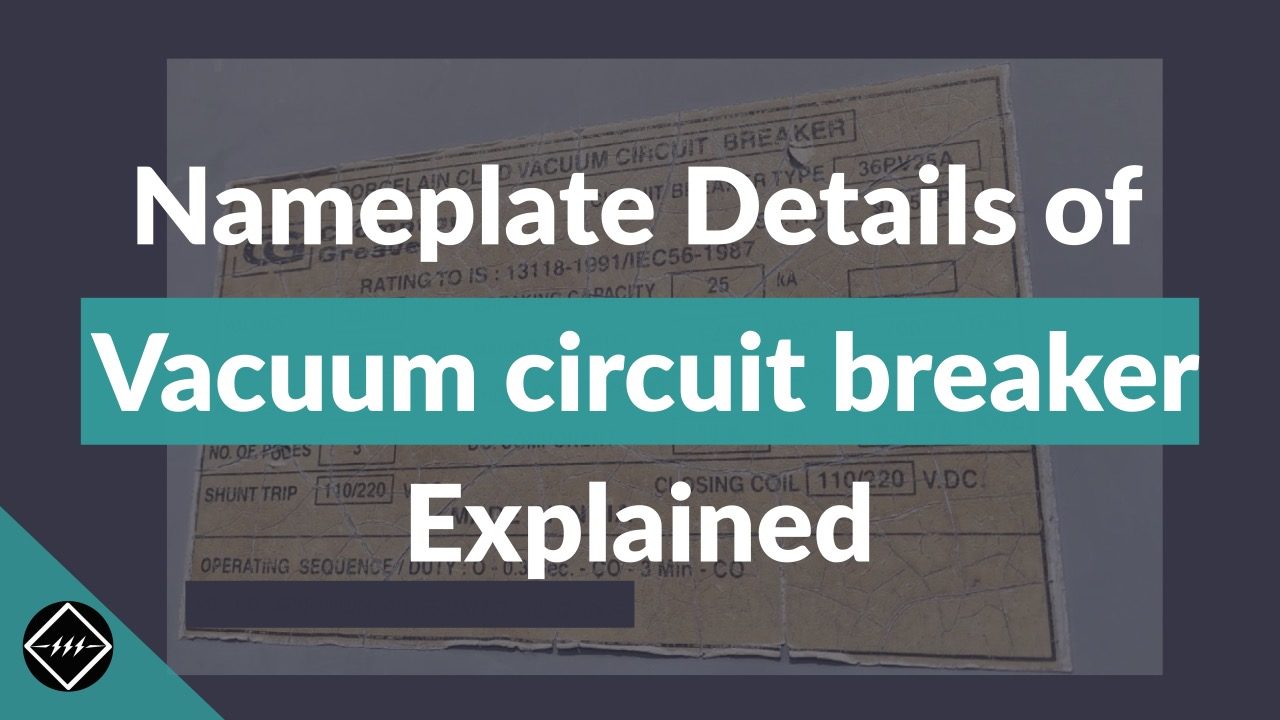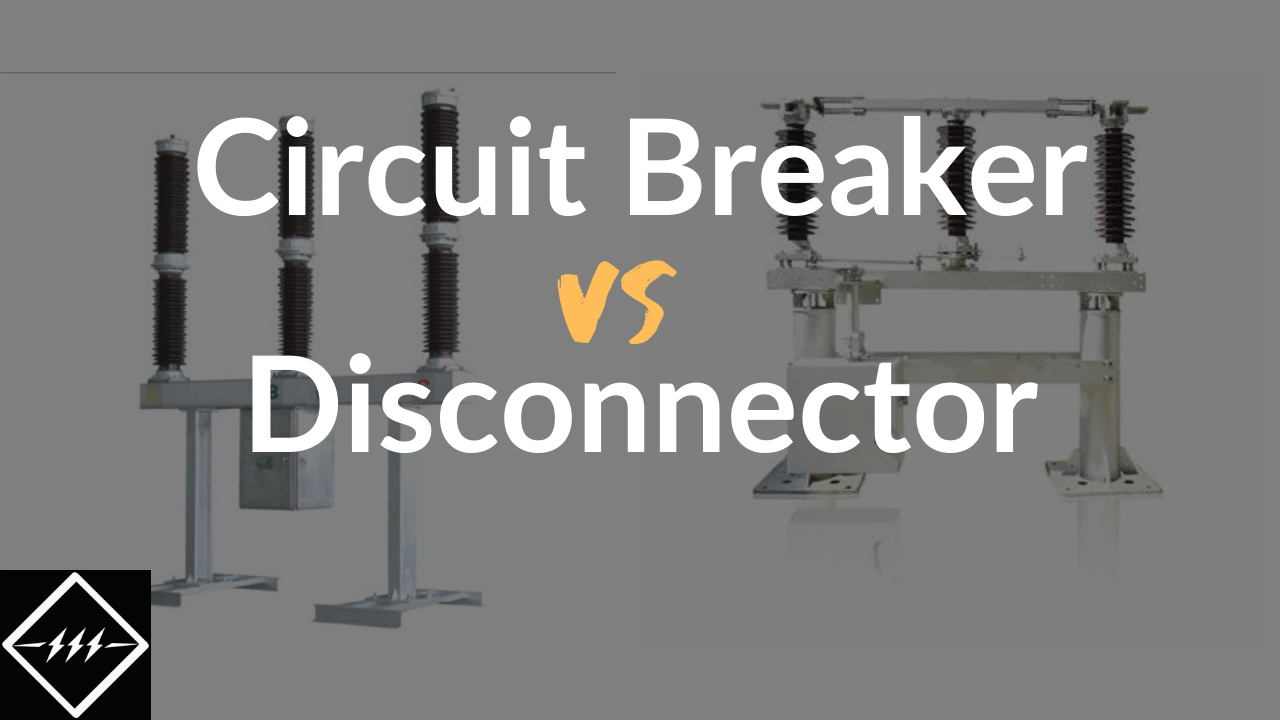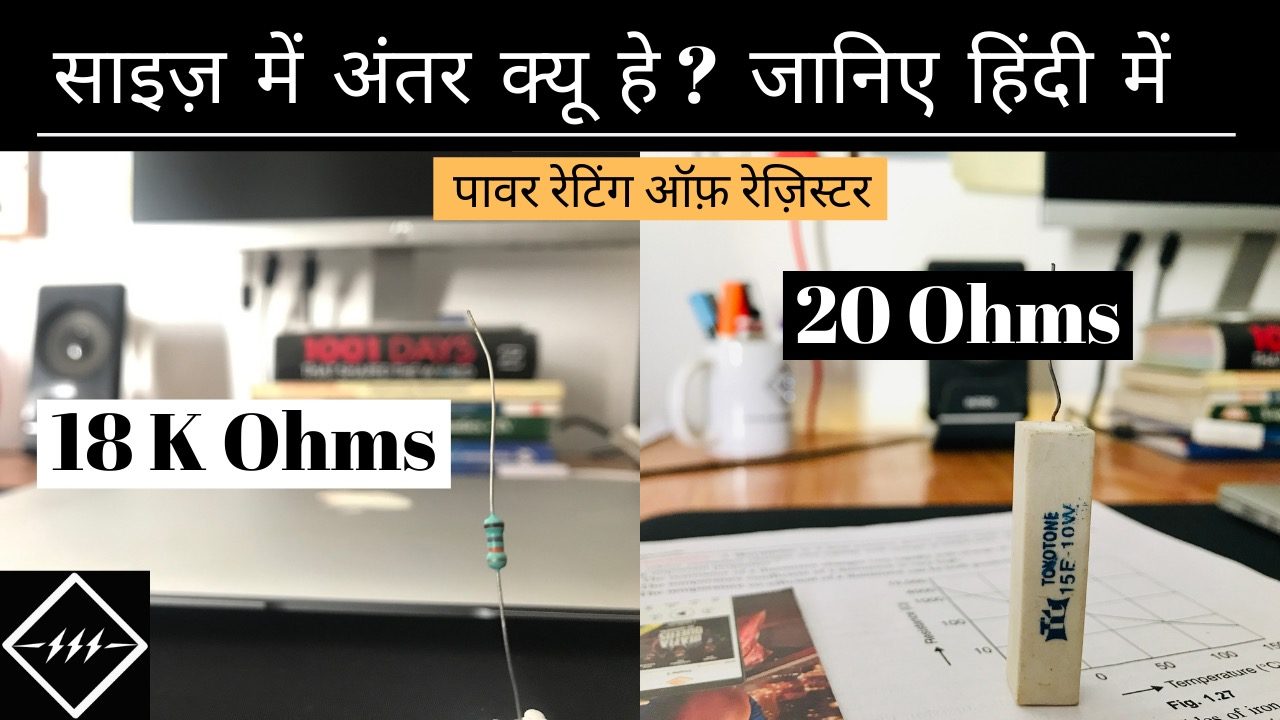Understanding Current Transformers: 5 Key Parameters Explained
Understanding Current Transformers: 5 Key Parameters Explained https://www.theelectricalguy.in/wp-content/themes/corpus/images/empty/thumbnail.jpg 150 150 Gaurav J Gaurav J https://secure.gravatar.com/avatar/87a2d2e0182faacb2e003da0504ad293?s=96&d=mm&r=gIntroduction
Current transformers (CTs) play a vital role in electrical systems, serving both metering and protection purposes. In this comprehensive guide, we’ll delve into five essential parameters of current transformers that are crucial for anyone involved in electrical engineering or preparing for technical interviews. In the post we will learn about following parameters
- Rated Secondary Current
- Rated Extended Current
- Accuracy Classes
- Accuracy Limit Factor
- Instrument Safety Factor

1. Rated Secondary Current
The rated secondary current of a current transformer is a fundamental specification found on its nameplate. It denotes the current flowing through the secondary winding when the rated primary current is passing through the primary winding. Typically represented as “primary current/secondary current,” such as “1000/1A,” it signifies that 1000 amperes in the primary circuit corresponds to 1 ampere in the secondary circuit. The choice between 1A and 5A secondary currents significantly impacts the CT’s efficiency and cost, with 1A often preferred due to lower I²R losses.
2. Rated Extended Current
While the rated current of a CT ensures normal operation under standard conditions, the rated extended current rating anticipates abnormal scenarios where the primary current may exceed the rated value. Expressed as a percentage (e.g., 120%, 150%, 200%), this specification ensures the CT can withstand higher currents without compromising its temperature rise limits. Understanding the rated extended current rating is crucial for maintaining system stability during unforeseen overcurrent events.
3. Accuracy Classes
Accuracy classes are essential for both metering and protection purposes of CTs. Metering cores, designated as 0.2, 0.2s, 0.5, or 0.5s, ensure precise measurement for revenue and tariff purposes. Conversely, protection cores like 5P and 10P, along with PR, PS, or PX, cater to relay operations for differential and distance protection. The distinct characteristics of metering and protection cores necessitate corresponding accuracy classes to ensure reliable performance.
4. Accuracy Limit Factor
The accuracy limit factor (ALF) defines a CT’s ability to maintain accuracy under high fault current conditions, primarily applicable to 5P and 10P classes. Expressed numerically (e.g., 10, 20, 30), the ALF signifies the multiple of rated primary current at which the CT remains unsaturated. This factor is critical for ensuring accurate relay operation during fault conditions, safeguarding the integrity of the protective system.
5. Instrument Safety Factor
In contrast to the ALF, the instrument safety factor (ISF) focuses on metering cores’ saturation to protect associated measuring instruments. Designated as “<5” or “<10,” the ISF ensures the CT saturates at a predetermined current level, shielding meters from potential damage during fault scenarios. Understanding the ISF is paramount for maintaining the reliability and longevity of metering equipment.
Conclusion
Mastering the intricacies of current transformers requires a comprehensive understanding of their key parameters. From rated secondary and extended currents to accuracy classes, limit factors, and instrument safety, each specification plays a pivotal role in ensuring the efficiency, accuracy, and reliability of electrical systems. By grasping these fundamentals, engineers and enthusiasts can navigate technical interviews with confidence and contribute to the seamless operation of electrical infrastructure.
For further insights and detailed explanations on current transformer parameters, don’t hesitate to explore our dedicated resources and courses tailored for electrical engineering enthusiasts. Remember, knowledge is power in the realm of electrical systems – keep learning, keep exploring.
Don’t miss this exclusive opportunity to learn directly from industry experts and unlock the secrets of circuit breaker control schematics.
Enroll now and embark on a transformative learning journey that will elevate your expertise to new heights.

To know more about the course : Click Here
- Posted In:
- Tutorials
Gaurav J
Electrical Engineer. Content Creator. Currently working with a High & Extra High Voltage Switchgear Industry.
All stories by: Gaurav J


